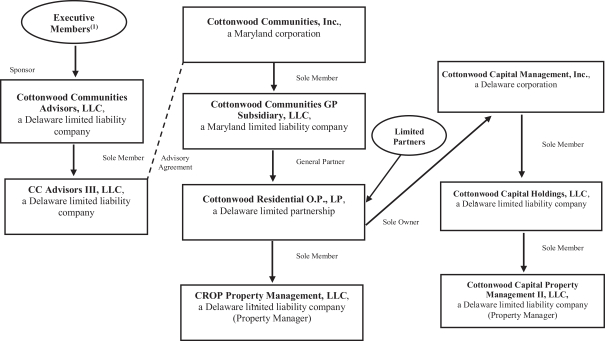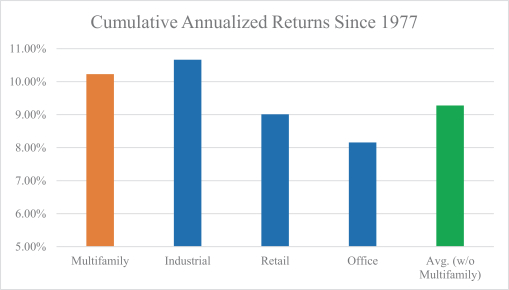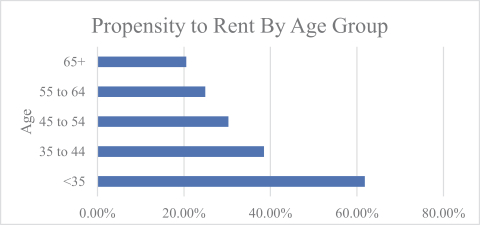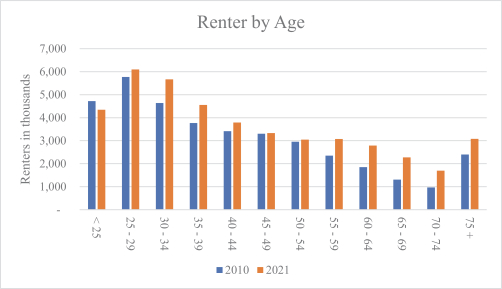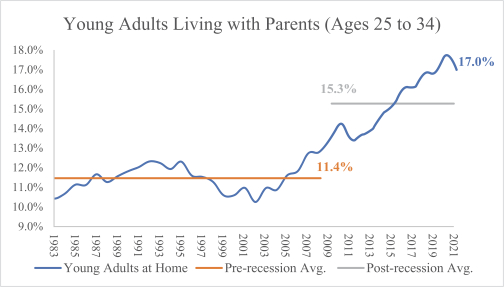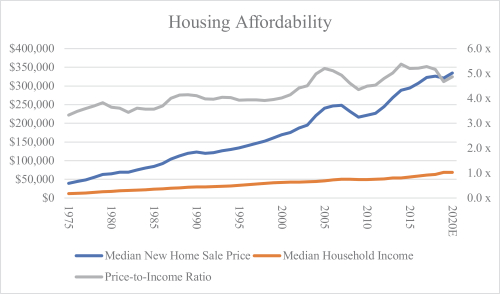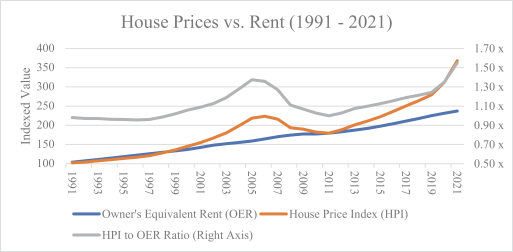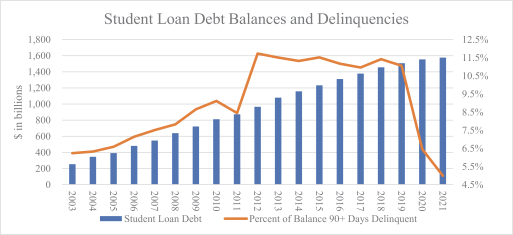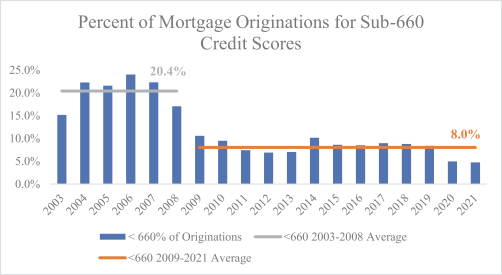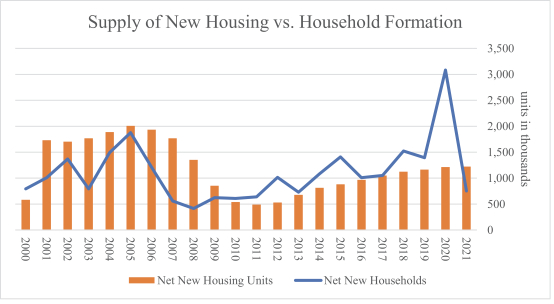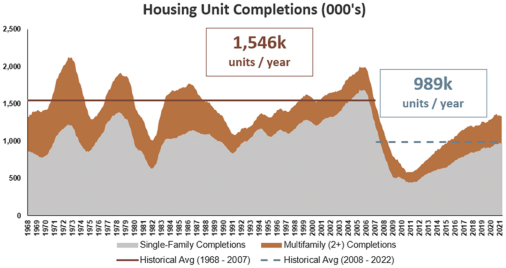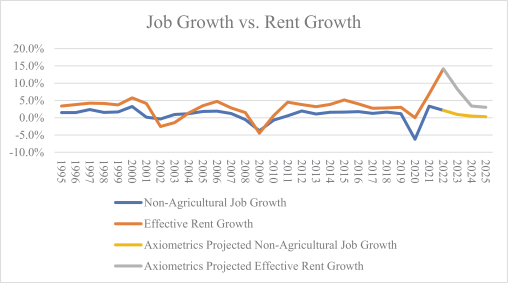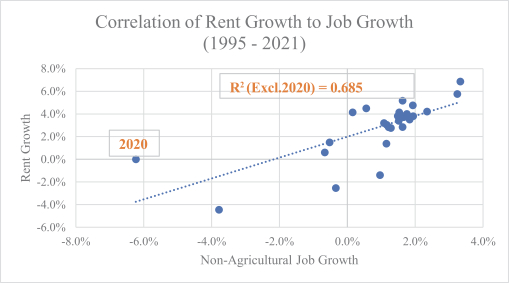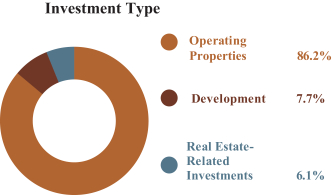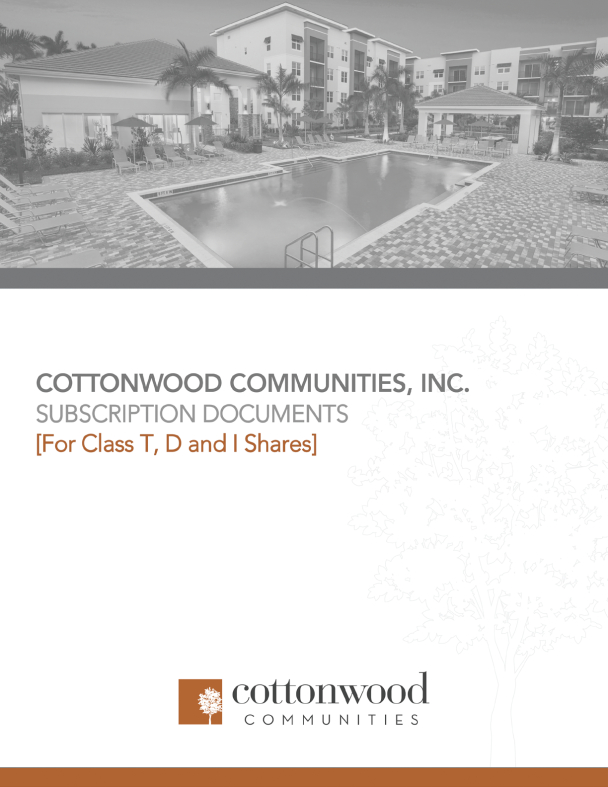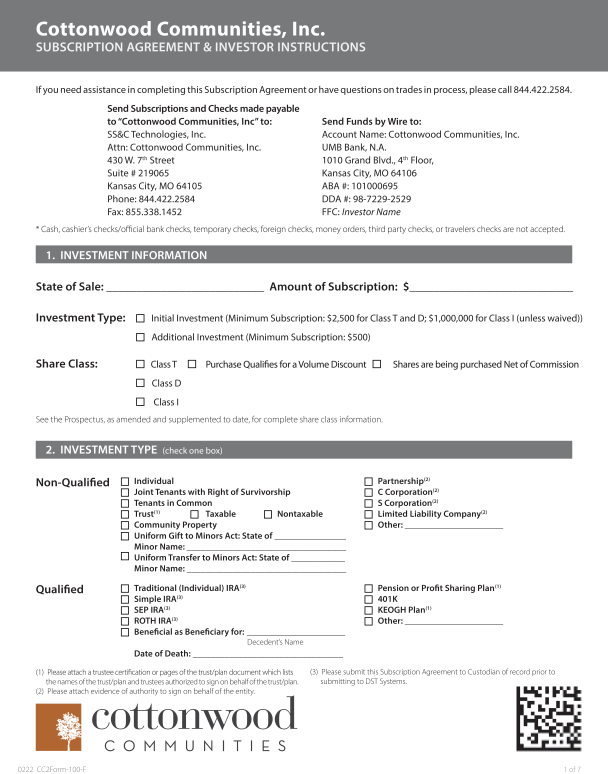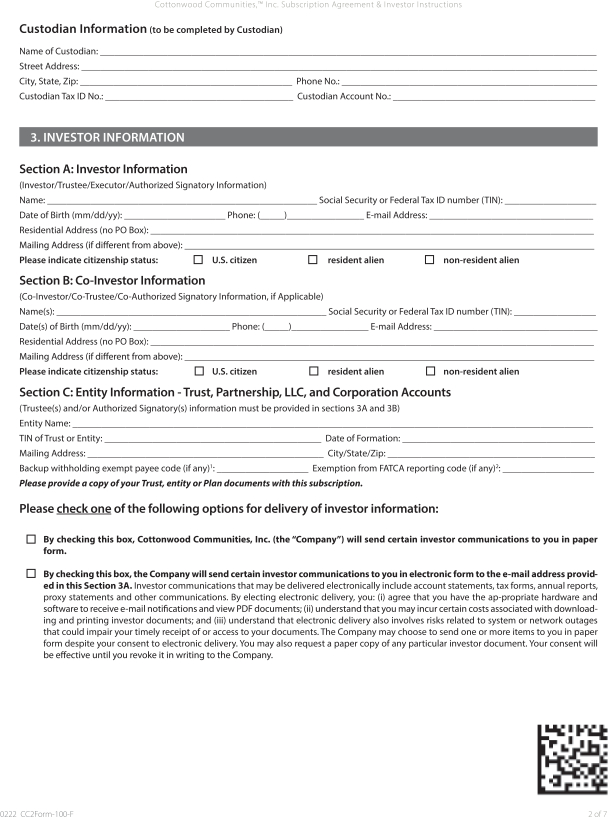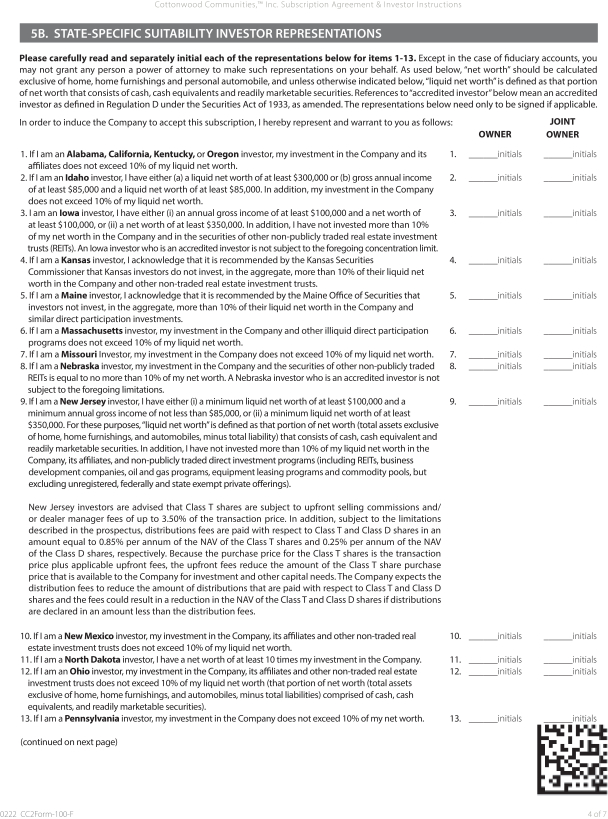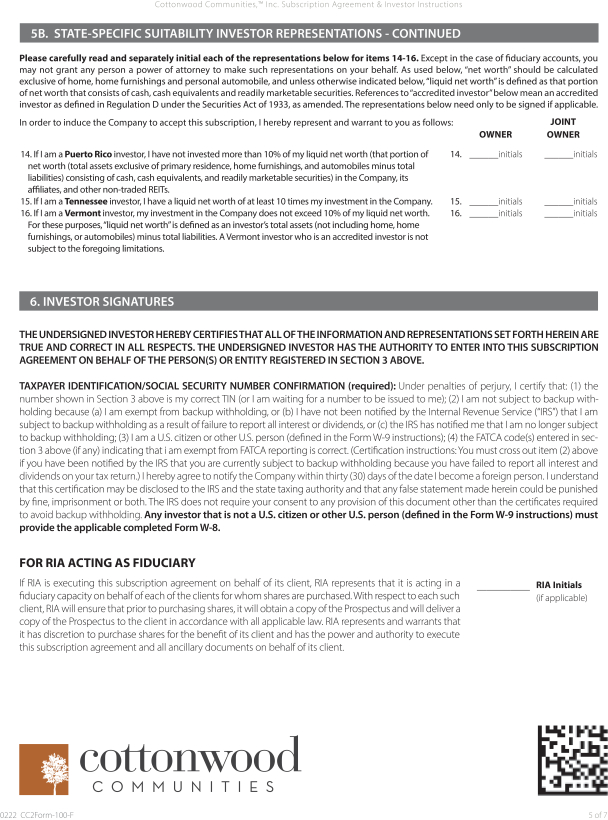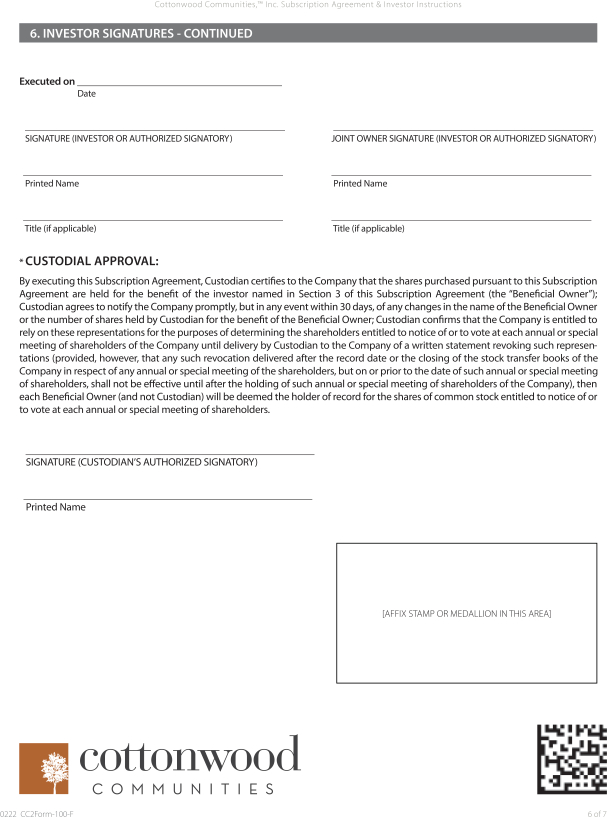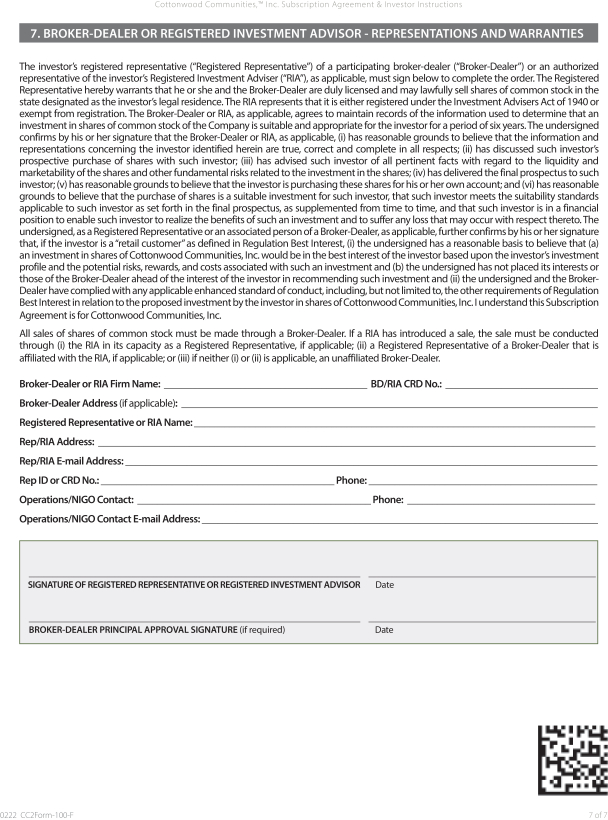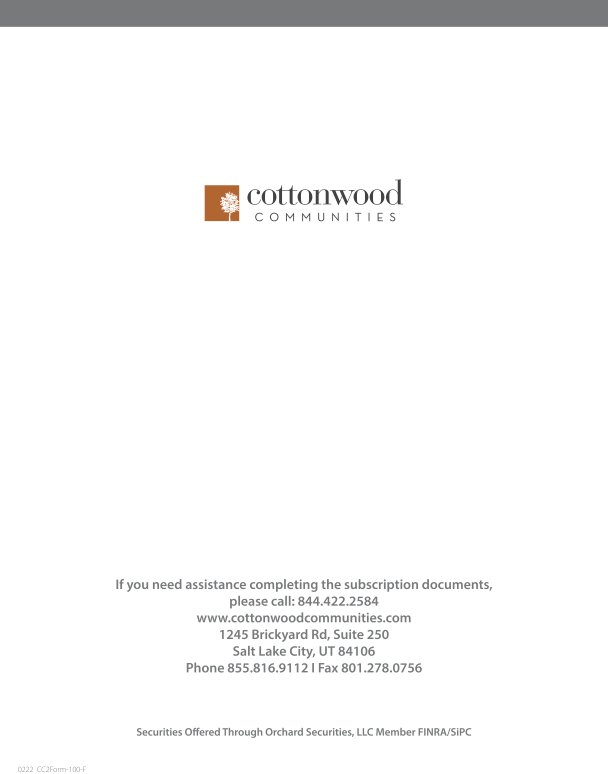Under the Equity Incentive Plan, the plan administrator will determine the treatment of awards in the event of a change in our control. Unless earlier terminated by our board of directors, the Equity Incentive Plan will automatically expire on the later of March 22, 2032, or ten years from the most recent approval by our board of directors of an increase in the maximum aggregate number of shares of common stock issuable under the plan. Our board of directors may terminate the Equity Incentive Plan at any time. The expiration or other termination of the Equity Incentive Plan will have no adverse impact on any award that is outstanding at the time the Equity Incentive Plan expires or is terminated without the consent of the holder of the outstanding award. Our board of directors may amend the Equity Incentive Plan at any time, but no amendment will adversely affect any award on a retroactive basis without the consent of the holder of the outstanding award, and no amendment to Equity Incentive Plan will be effective without the approval of our stockholders if such approval is required by any law, regulation or rule applicable to the Equity Incentive Plan. The same is true for any amendment to remove the prohibition on repricing. No amendment will be made that could jeopardize the status of the Company as a REIT under the Code.
Other Related Party Transactions
On July 8, 2022, we entered the CMOF Merger Agreement to acquire CMOF in a stock-for-stock transaction. See “Investment in Real Properties and Real Estate-Related Investments – Potential Acquisition of Cottonwood Multifamily Opportunity Fund, Inc.” for additional information regarding the CMOF Merger.
On June 28, 2022, we, through our indirect subsidiaries, admitted entities affiliated with us and our advisor, Brickyard QOF, LLC (“Brickyard QOF”) and HV Millcreek, LLC (“Millcreek,” and together with Brickyard QOF, the “Affiliated Members”) as members in CW Block C, LLC, a development joint venture with CMOF (“Block C”), and CW Jasper, LLC, a development project owned 100% by CROP (“Jasper”). The Affiliated Members are owned directly or indirectly by Daniel Shaeffer, Chad Christensen, Gregg Christensen, Enzio Cassinis, Eric Marlin, Susan Hallenberg, Stan Hanks, Glenn Rand and Adam Larson, each of whom are our officers or directors, as well as certain employees of CROP and our advisor or its affiliates. In connection with their admission as members, the Affiliated Members made an aggregate capital contribution of $ 8,499,221.74 and $2,375,778.26 to Block C and Jasper, respectively. Following the admission of the Affiliated Members to Block C and Jasper, the Affiliated Members own a 21.0134% interest in Block C, with Mesrrs. Shaeffer, C. Christensen, G. Christensen, Cassinis, Marlin, Hanks, Rand, Larson and Ms. Hallenberg having an indirect ownership interest of 4.6273%, 10.1125%, 3.5877%, 0.4831%, 0.3342%, 0.3000%, 0.1091%, 0.2387% and 0.6767%, respectively, in Block C, alongside our 64.4906% interest and CMOF’s 14.4960% interest, and a 20.1025% interest in Jasper, with Mesrrs. Shaeffer, C. Christensen, G. Christensen, Cassinis, Marlin, Hanks, Rand, Larson and Ms. Hallenberg having an indirect ownership interest of 4.4267%, 9.6742%, 3.4322%, 0.4621%, 0.3197%, 0.2870%, 0.1043%, 0.2284% and 0.6474% respectively, in Jasper, alongside our 79.8975% interest. The investment in the projects by the Affiliated Members was established at an amount no greater than the recent appraised value of the project, as determined by an independent third-party appraiser and approved by the conflicts committee. The Affiliated Members will participate in the economics of Block C and Jasper on the same terms and conditions as us. We intend to further amend the operating agreements of Block C and Jasper to reflect additional terms related to the admission of the Affiliated Members.
We, through our property owning subsidiaries, intend to enter a one or more Coworking Space Agreements with APT Cowork, LLC (“APT”), an entity in which certain of our officers and director have an ownership interest. The agreement will provide for the terms on which APT may offer its services or lease space from us at our properties in order to operate its business.
For more information regarding additional related party transactions during the years ended December 31, 2021 and 2020, see “Part III, Item 13. Certain Relationships and Related Transactions, and Director Independence“ in our Annual Report on Form 10-K for the year ended December 31, 2021, which is incorporated herein by reference.
149

